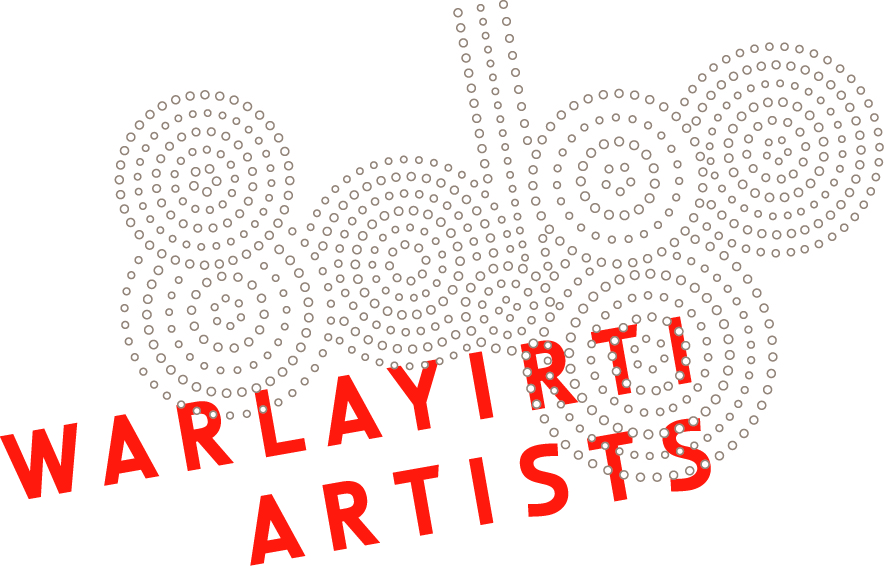
Born
c.1924-2000, : Kutakurtal
Community
Wirrimanu (Balgo), WA
Skin
Tjapanangka
Language
Wangkatjunka, Kukatja, Walmajarri
Country
Lirrwarti, near the Stansmore Ranges
Wimmitji Tjapangardi
Scroll to biography
Biography
Wimmitji Tjapangarti was one of the most influential artists to have lived at the Balgo (Wirramanu) community. He was born about 1924 at Kutakurtal and his country lies in the area of Lirrwarti, near the Stansmore Ranges, some 150 kilometres south of Balgo. He had traditional connections with Jupiter Well and areas of the Canning Stock Route. Wimmitji was a mapan or healer with extensive knowledge of the Dreaming of the Wangkatjunka people, the group to which he belonged, and that of neighbouring groups such as the Kukatja and Walmajarri.
In the 1970s he married Eubena Nampitjin (c.1929-2013), a Kukatja woman, who also possessed the powers of a mapan. They were close confidants and research colleagues to the doyens of Australian anthropology, Professor Ronald and Doctor Catherine Berndt. The anthropologists recorded a number of ancestral narratives as told by Wimmitji and some of these appear in anthology The speaking land: myth and story in Aboriginal Australia (Penguin Books, 1989). And Wimmitji assisted the Pallotine priest Father Anthony Peile in his study of Aboriginal concepts of the body and traditional healing practices. Wimmitji and Eubena also assisted Father Peile in the compilation of a Kukatja-English dictionary.
When the acrylic painting movement commenced at Papunya in the early 1970s, senior men at Balgo were wary of the consequences of producing paintings carrying sacred designs that refer to ancestral narratives and country for the public domain. Nonetheless, Wimmitji often painted in private for the Berndts to assist them in their research. He did, however, along with a select number of senior men at Balgo, create the first public paintings of Tjukurrpa (creation stories and lore) subjects in 1981-2. In 1986, Wimmitji’s work was shown in the very first exhibition of Balgo paintings curated by Michael O’Ferrall in association with the Berndts, Art from the Great Sandy Desert, at the Art Gallery of Western Australia, Perth.
According to Christine Watson, Wimmitji ‘developed a unique style of complex dotting, often seeming to reflect the textures of the ground’. Indeed, Wimmitji’s paintings convey a painterly tactility that evokes a sense of intimate knowledge of the physical and ancestral nature of land. In the late 1980s he and Eubena became artistic partners and often collaborated on paintings, especially those about country to which they shared ancestral rights. They preferred to use the basic palette of red, yellow, black and white, and added secondary and tertiary colours sparingly. Wimmitji highlighted his compositions with lines of white dots, often indicating the journeys of the ancestors from site to site, as in Dingo and Rainbow Snake Dreaming. The dingo’s paw prints can also be seen, traversing the canvas from one site to another. The form of these tracks imitates that of ‘drawing’ the dingo’s paw prints in the sand using the tips of all four fingers and thumb.
Wimmitji’s style of painting influenced that of Eubena, her daughter Ena Gimme Nungurrayi (c.1955-91) and several of the first wave of Balgo painters. Wimmitji ceased to paint in 1993 because of his failing eyesight.
